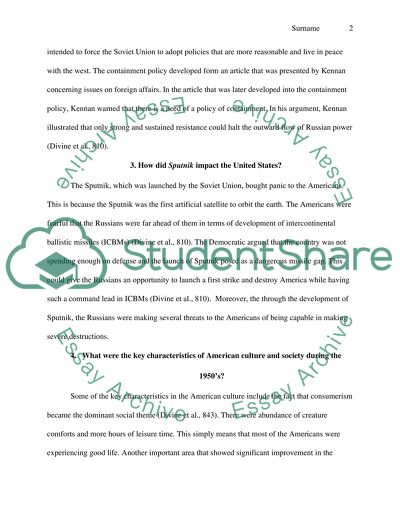Cite this document
(“American History is Continued Coursework Example | Topics and Well Written Essays - 2000 words”, n.d.)
Retrieved from https://studentshare.org/history/1447473-american-history-is-continued
Retrieved from https://studentshare.org/history/1447473-american-history-is-continued
(American History Is Continued Coursework Example | Topics and Well Written Essays - 2000 Words)
https://studentshare.org/history/1447473-american-history-is-continued.
https://studentshare.org/history/1447473-american-history-is-continued.
“American History Is Continued Coursework Example | Topics and Well Written Essays - 2000 Words”, n.d. https://studentshare.org/history/1447473-american-history-is-continued.


